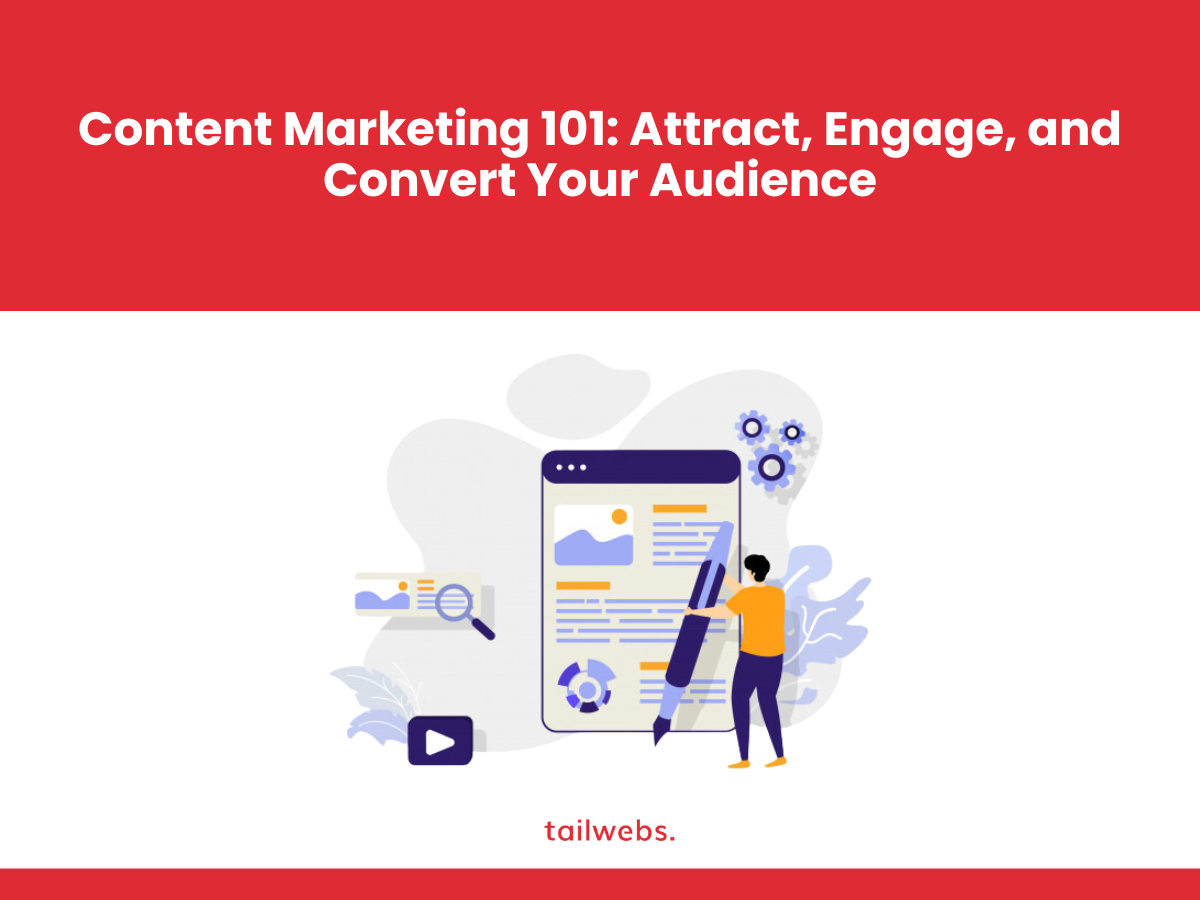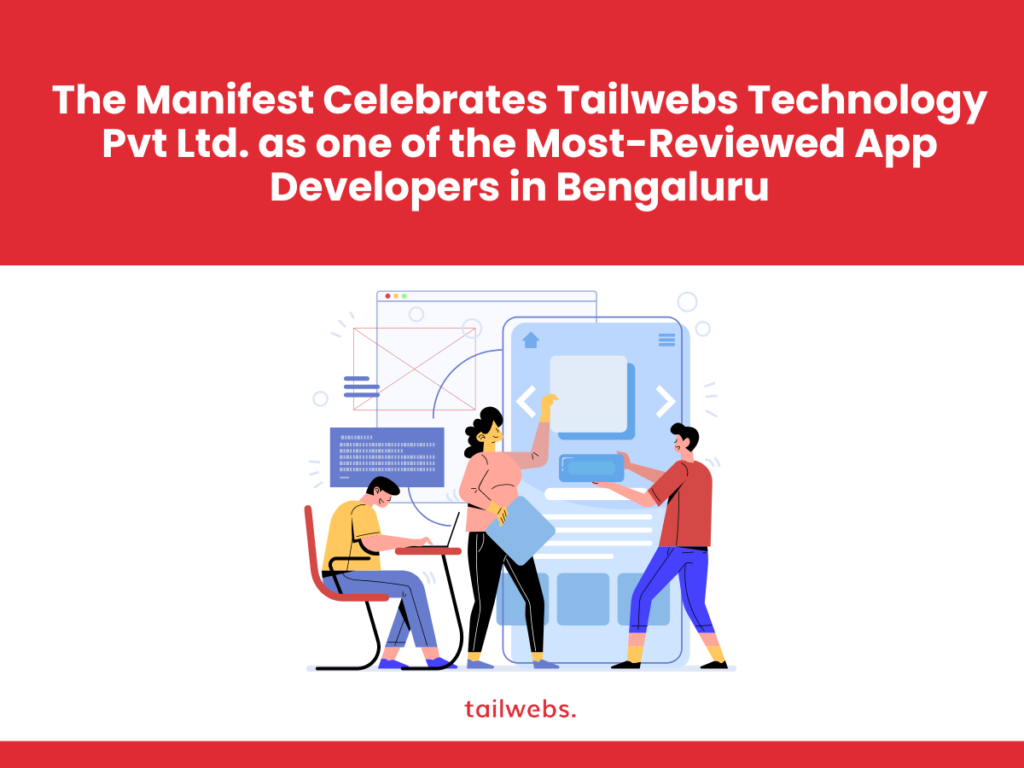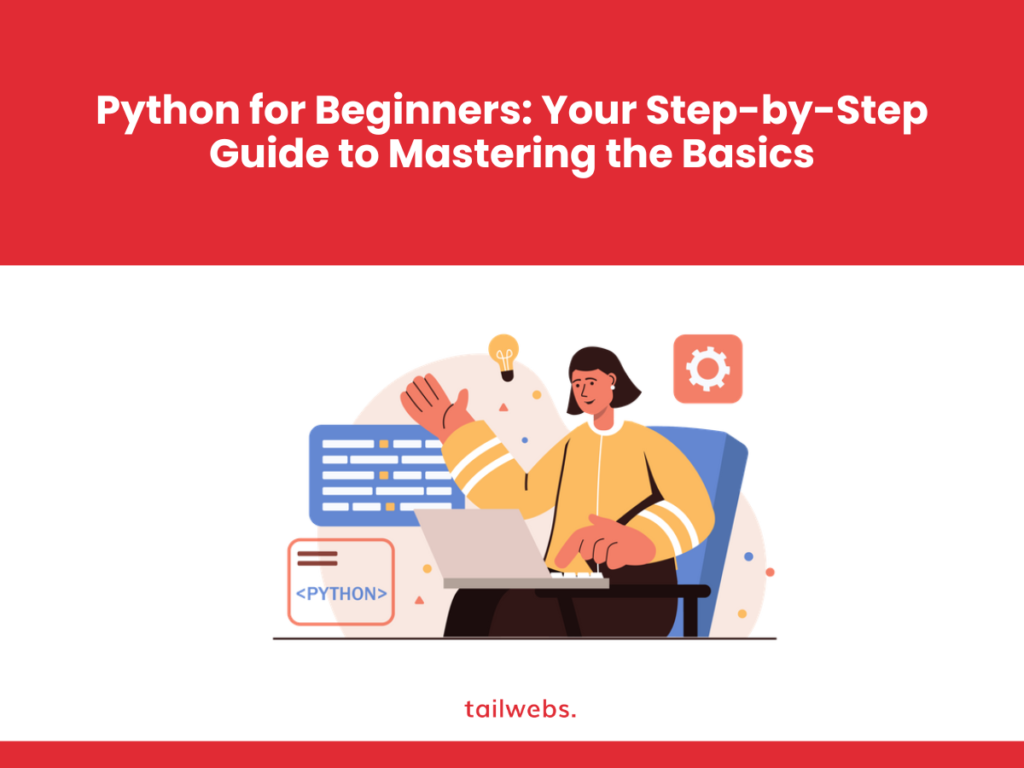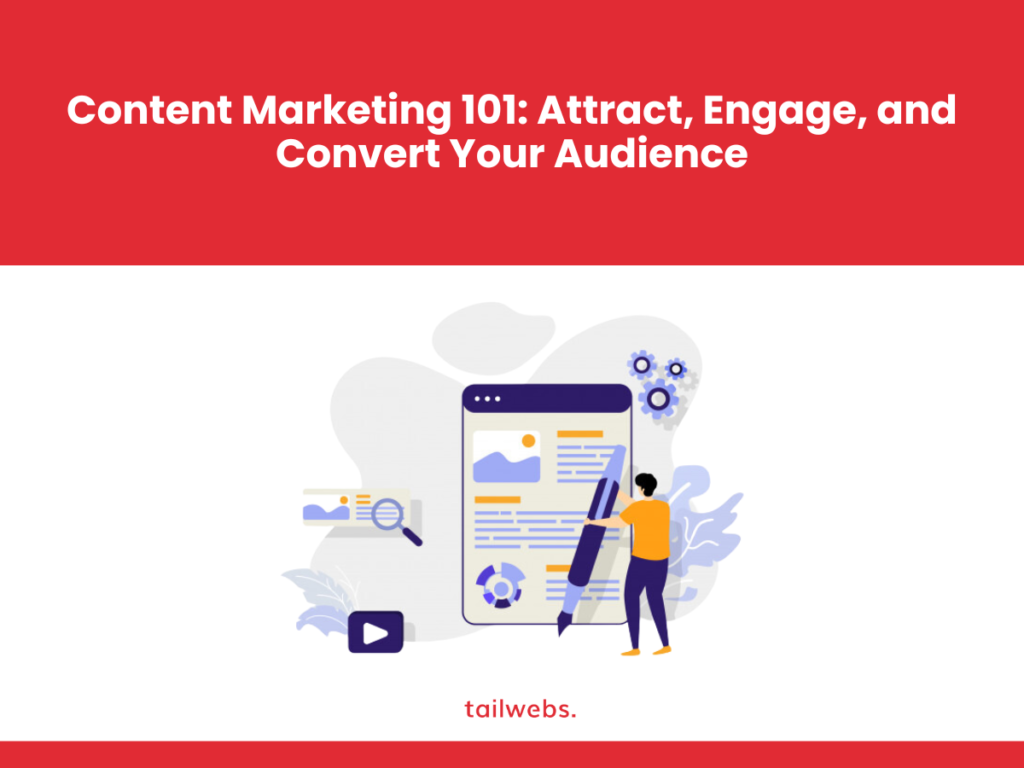Content Marketing 101: Attract, Engage, and Convert Your Audience. In today’s digital age, where attention spans are shorter than ever, businesses need a strategic approach to connect with their target audience. Enter content marketing – a powerful and cost-effective way to attract, engage, and convert potential customers into loyal brand advocates.
This comprehensive guide delves into the core principles of content marketing, empowering you to craft a winning strategy for your business.
Why Content Marketing Matters: The Power of Valuable Content
Content marketing isn’t just about creating random blog posts or social media updates. It’s about developing and distributing high-quality content that resonates with your target audience, addresses their needs, and positions your brand as a thought leader in your industry.
Here are some compelling statistics that highlight the importance of content marketing:
- 84% of consumers expect brands to create content (Demand Metric)
- Content marketing costs 62% less than traditional marketing methods (Demand Metric)
- Content marketing generates over three times the leads compared to paid search advertising (Content Marketing Institute)
The Content Marketing Funnel: Guiding Your Audience Through the Buyer’s Journey
The buyer’s journey represents the different stages a potential customer goes through before making a purchase decision. Effective content marketing caters to each stage, guiding users through the funnel and ultimately converting them into paying customers.
Awareness Stage:
At this initial stage, potential customers recognize they have a problem or need. Create informative content like blog posts, infographics, or videos that address their broad pain points and introduce your brand as a potential solution.
Consideration Stage:
Now, users are actively researching solutions to their problem. Provide in-depth content like case studies, white papers, or webinars that showcase your expertise and differentiate your brand from competitors.
Decision Stage:
Customers are ready to make a purchase decision. Offer compelling content like product demos, free trials, or comparison guides to highlight the value proposition of your product or service.
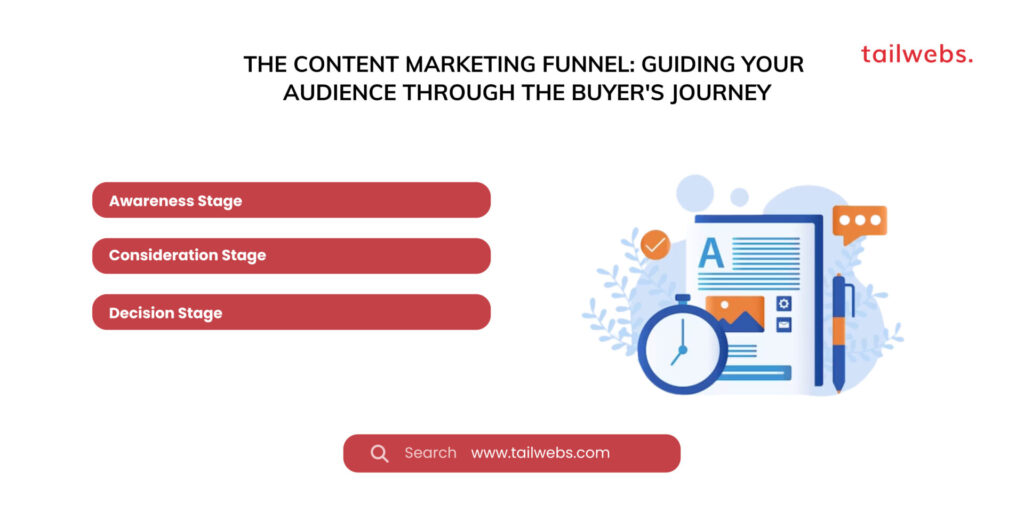
Content Pillars: The Foundation of Your Content Strategy
Content pillars serve as the thematic cornerstones of your content marketing strategy. They represent broad topics of interest to your target audience, encompassing a range of subtopics and specific content formats.
Here’s how to identify and develop strong content pillars:
Understand Your Audience:
Research your target market to identify their pain points, interests, and content preferences.
Align with Your Business Goals:
Ensure your content pillars support your overall business objectives, whether it’s brand awareness, lead generation, or customer retention.
Consider Content Diversity:
Content pillars should encompass a variety of formats (blog posts, videos, ebooks) to cater to different learning styles and preferences.
A Content Buffet: Exploring Diverse Content Formats
The beauty of content marketing lies in its versatility. You can leverage various content formats to engage your audience and achieve your marketing goals:
Blog Posts:
Informative and engaging articles addressing industry trends, offering practical tips, or delving into specific topics relevant to your target audience.
Videos:
Highly engaging and shareable, videos can explain complex concepts, showcase product demos, or offer behind-the-scenes glimpses into your company culture.
Infographics:
Visually appealing summaries of data or complex topics, infographics offer a quick and digestible way to communicate information.
Ebooks:
In-depth guides or resources covering a specific topic in detail. Ebooks can be used as lead magnets to capture valuable user information.
Case Studies:
Demonstrate the value proposition of your product or service by showcasing real-world customer success stories.
Webinars:
Live or pre-recorded online events that allow you to educate and interact with your audience in real-time.
Podcasts:
Audio-based content that allows for in-depth discussions, interviews, or thought leadership pieces that users can consume on the go.
By strategically utilizing these diverse content formats, you can cater to different audience preferences and maximize the reach and impact of your content marketing efforts.
Content Optimization: Ensuring Your Content Gets Seen
Creating valuable content is just half the battle. You also need to ensure your content is discoverable by your target audience. Here are some optimization techniques to enhance content visibility:
Keyword Research:
Identify relevant keywords that your target audience is searching for and integrate them naturally into your content.
On-Page Optimization:
Optimize your website and content for search engines by using relevant title tags, meta descriptions, and header tags.
Technical SEO:
Ensure your website has a clean and mobile-friendly structure with fast loading speeds to improve user experience and search engine ranking.
Content Promotion:
Actively promote your content across various channels like social media, email marketing, influencer outreach, and paid advertising strategies.
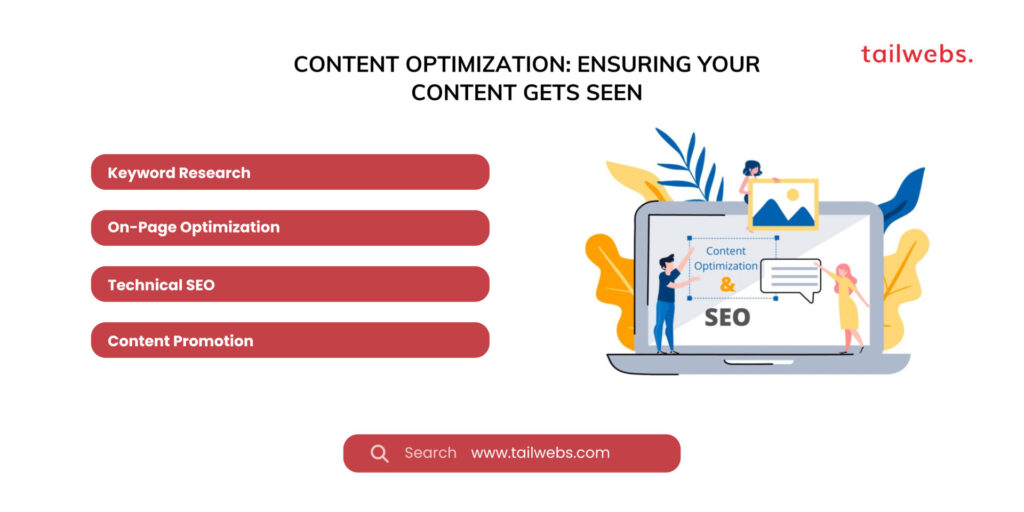
The Art of Storytelling: Weaving Captivating Content Your Audience Craves
People connect with stories. Infuse storytelling techniques into your content marketing strategy to captivate your audience and make your brand memorable.
Hook Your Readers:
Grab attention from the outset with a compelling introduction that sparks curiosity and sets the stage for your content.
Focus on Value:
Every piece of content should offer something valuable to your audience. Educate, entertain, or inspire them, but ensure they walk away with a clear benefit.
Embrace Authenticity:
Let your brand personality shine through in your content. A genuine voice fosters trust and connection with your audience.
Data Storytelling:
Use data and statistics to back up your claims and add credibility to your content.
Visual Appeal:
Incorporate high-quality images, videos, and infographics to break up text and enhance visual interest.
Building Relationships: The Power of Content Marketing for Engagement
Content marketing isn’t just about broadcasting messages; it’s about fostering two-way communication and building relationships with your audience. Here’s how:
Respond to Comments:
Actively engage with your audience by responding to comments on your blog, social media posts, or videos.
Encourage Conversation:
Pose questions within your content and invite your audience to share their thoughts and experiences.
Host Interactive Events:
Organize webinars, Q&A sessions, or live streams to interact with your audience in real-time.
Build Community:
Create a space for your audience to connect and share ideas — consider online forums or social media groups.
By fostering engagement, you’ll transform passive viewers into active participants, fostering brand loyalty and advocacy.
Measuring Success: Tracking Your Content Marketing ROI
Content marketing is an investment, and like any investment, you need to track its return on investment (ROI). Here are some key metrics to monitor the success of your content marketing efforts:
Website Traffic:
Track website traffic to see how your content is attracting new visitors.
Lead Generation:
Monitor the number of leads generated through your content marketing efforts (e.g., ebook downloads, webinar registrations).
Social Media Engagement:
Analyze social media metrics like likes, shares, and comments to gauge audience engagement.
Conversion Rates:
Track how many website visitors convert into paying customers as a result of your content marketing efforts.
Brand Awareness:
Monitor brand mentions and sentiment analysis to understand how your content marketing efforts are shaping brand perception.
By closely monitoring these metrics, you can refine your strategy and ensure your content marketing delivers a positive ROI.
The Content Marketing Journey: A Continuous Process of Learning and Optimization
Content marketing is a continuous process of learning, adapting, and optimizing your approach. Here are some tips for ongoing success:
Stay Informed:
Keep up-to-date with the latest content marketing trends, algorithm changes, and audience preferences.
Embrace New Formats:
Continually experiment with new content formats (e.g., podcasts, live streams) to cater to evolving audience demands.
Analyze and Adapt:
Regularly review your content marketing metrics and make data-driven adjustments to improve performance.
Refine Your Strategy:
As your business and audience evolve, refine your content marketing strategy to ensure it remains effective and aligned with your goals.
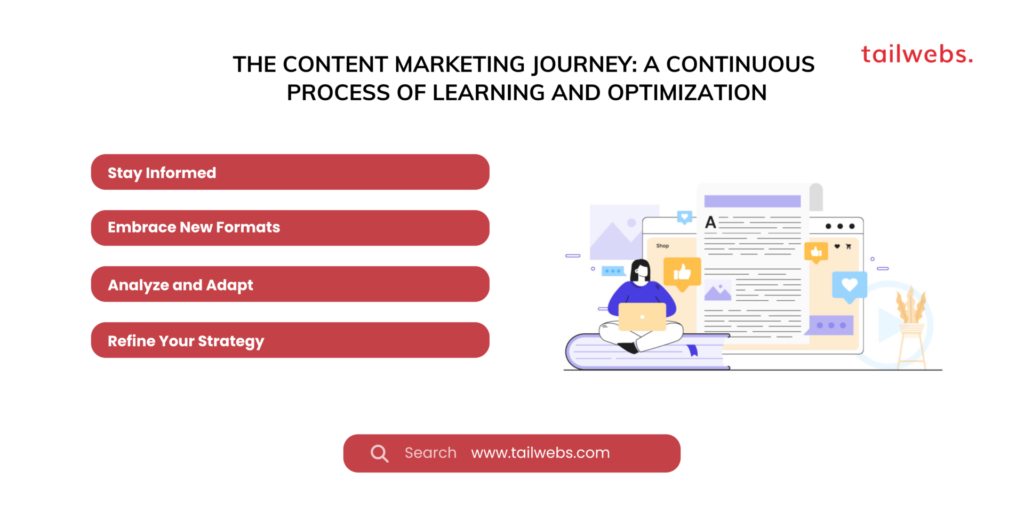
Conclusion: Content Marketing – Your Gateway to Sustainable Growth
Content marketing empowers you to build meaningful relationships with your target audience, establish your brand as a thought leader, and ultimately propel your business towards sustainable growth. By following the principles outlined in this guide, crafting high-quality content, and continually optimizing your strategy, you can unlock the full potential of content marketing and achieve your business objectives.

